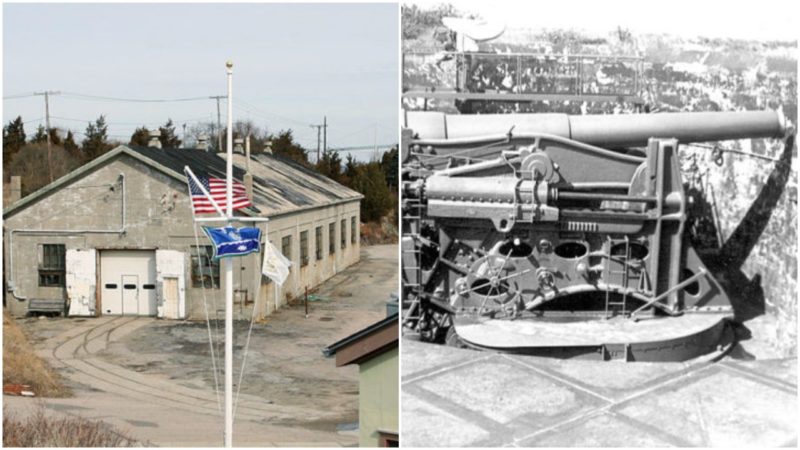This former coast artillery fort located on the southern portion of the eastern tip of Conanicut Island in Jamestown dates way back to the American Revolutionary War.
Back then in 1776, the Patriot forces (known as Revolutionaries, Continentals, Rebels, or American Whigs) constructed an 8-gun earthwork fortification on top of a land named Dumpling Rock. It was a place of strategic importance overlooking the East Passage toward Newport – naturally this old fort was named Dumpling Rock Battery.
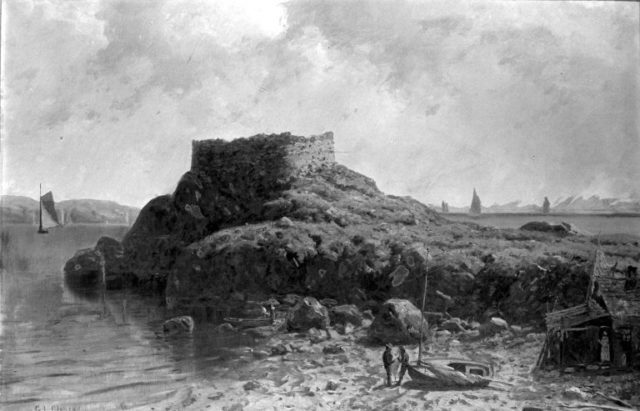
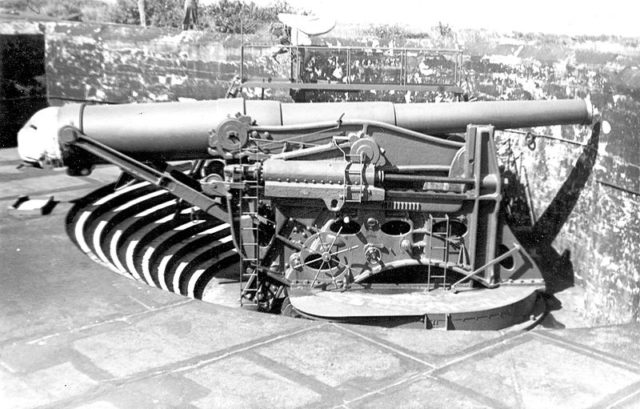
While the Revolutionary War was still an active part of everyday life, this old fort served as the perfect home for many American, British and French soldiers. Once the British forces left Fort Dumpling Rock as they preferred to call it, the fort quickly changed its name to Fort Conanicut.
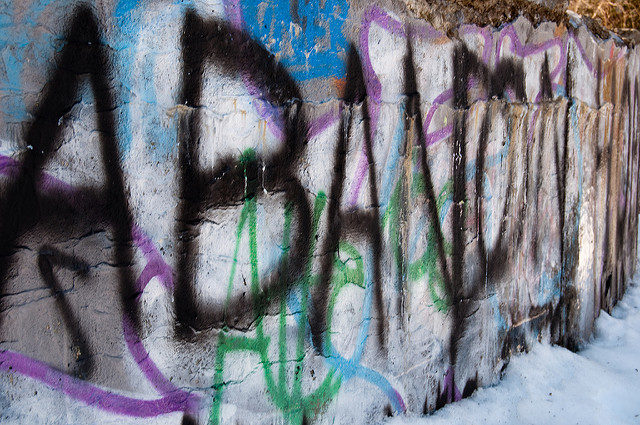
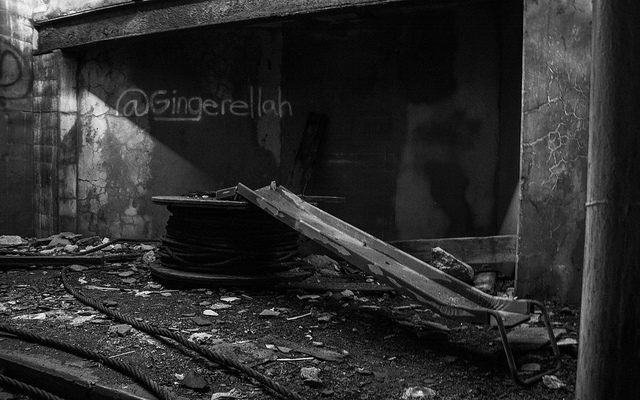
This fort changed its named couple of times throughout history from Fort Louis to Fort Brown. But the most commonly used name through the years was Fort Dumpling. It was built as an oval stone tower and the perfect place for group outings.
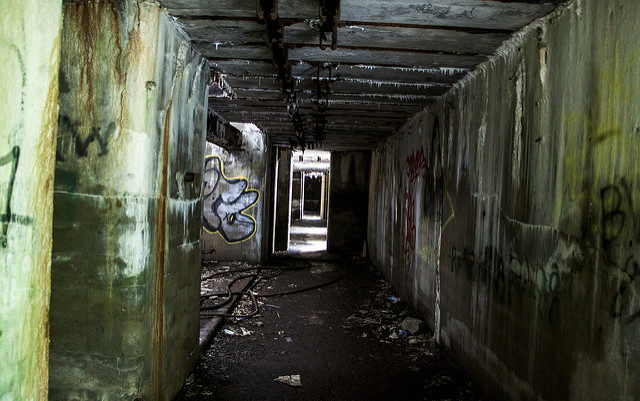
A quote from the report of the Secretary of War for December 1811 perfectly summarises the quality that was woven in every centimetre of this fort – …a circular tower of stone, with casemates… with a small expense, there can be mounted six or eight heavy guns; and now in an unfinished state.
It was the U.S. government that bought some additional land in 1899 and used this piece of earth to build Fort Wetherill where once Fort Dumpling stood. Easily the old fort was demolished and new 20th-century concrete gave life to this new fort.
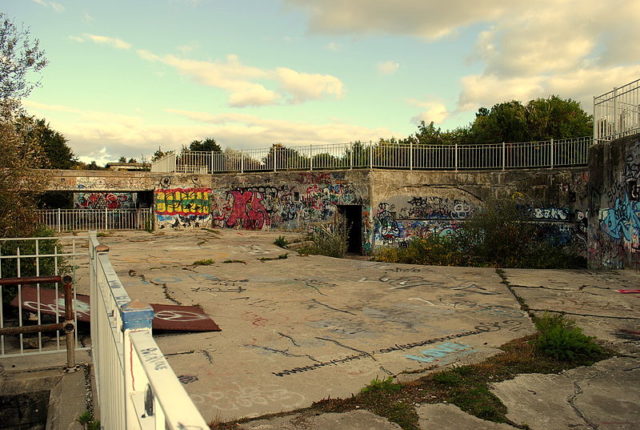
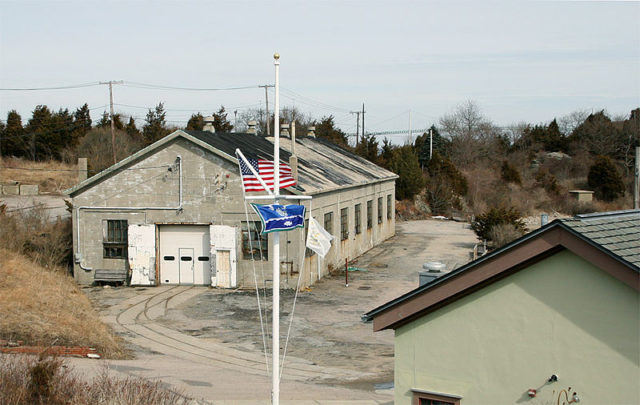
The name chosen for this place was so that the life and work of Alexander Macomb Wetherill will never be forgotten. The hero killed in action during the Battle of San Juan Hill.
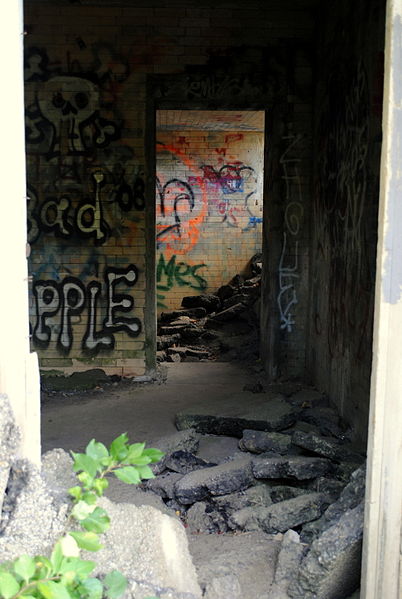
During the bloodiest of the two world wars, namely the First World War, Fort Wetherill served as the god given sanctuary for the five companies of the Rhode Island National Guard. Once the war was over, the official war status of the fort was replaced with caretaker status and a single Coast Artillery sergeant was assigned to watch over it.
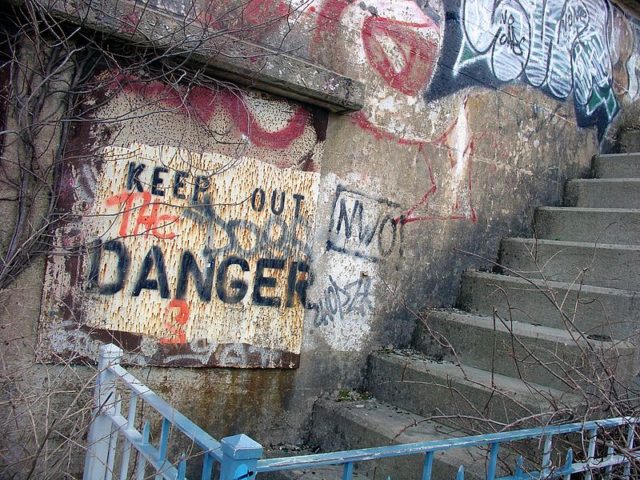
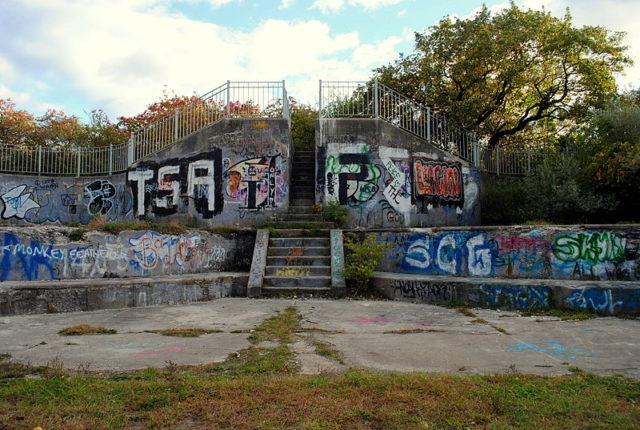
After the Second World War, the fort was deactivated and placed in the care of the State of Rhode Island. It wasn’t long before the curse of modern living takes its toll. After some time, the abandoned walls of the fort became the perfect breeding ground for graffiti art. Today part of this fort serves as the Fort Wetherill State Park, a massive 210,000 square meter reservation.
